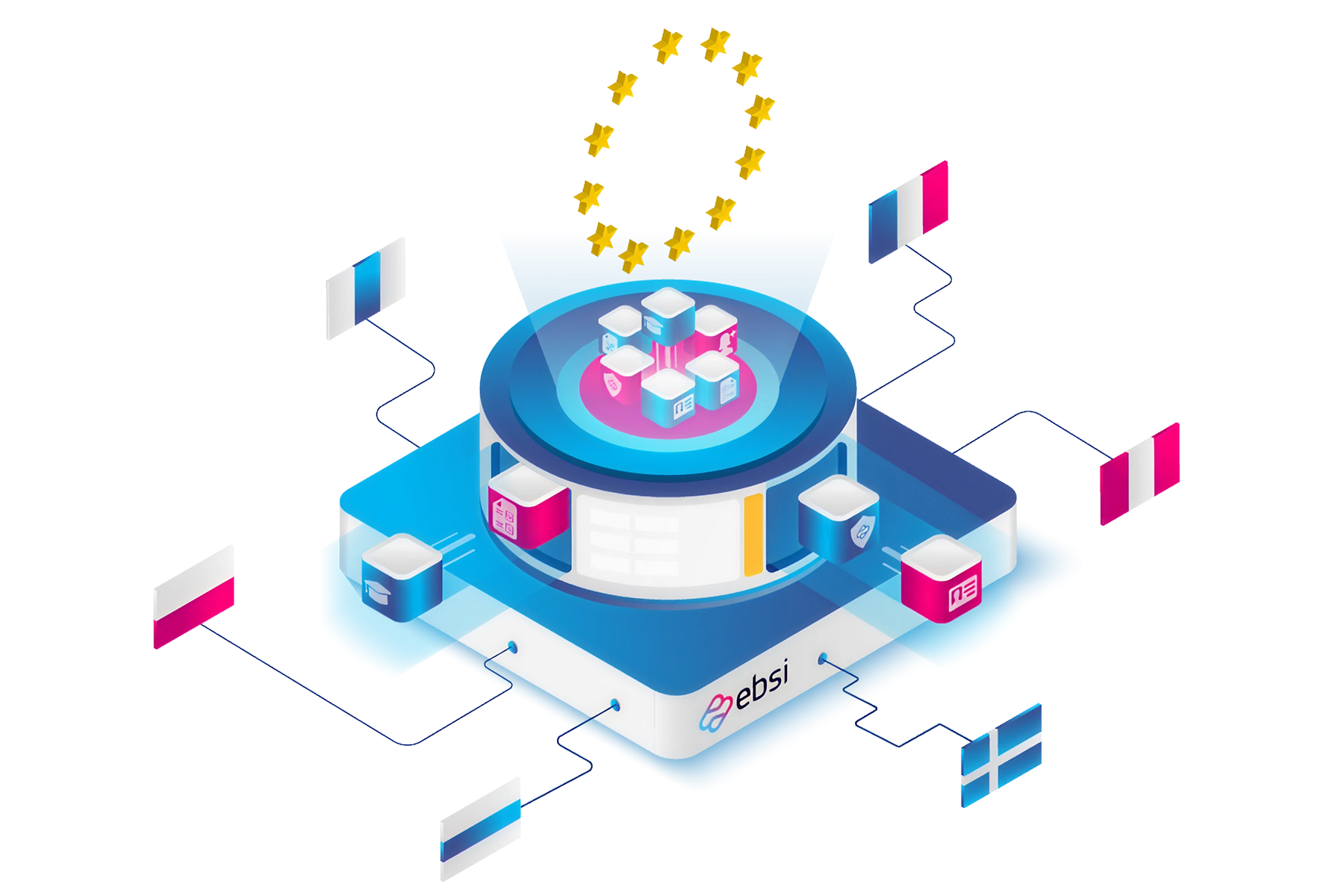This page contains a guide of the contents of the EBSI open source repository, for more information about the EBSI initiative, visit our main website. The goal of releasing the different software assets is to enable public institutions, businesses, and developers to contribute and discover the potential and possibilities that the EBSI networks offers, while fostering innovation, transparency and adoption. All software, assets, libraries and any other part of this software stack, are released under the terms of the European Public Licence (hereinafter EUPL); if you want to learn more about the EUPL, you can find more information on their website. Before going into further detail, it is crucial to make an important clarification at this point: what is released is a software stack that will allow anyone to understand and experiment with the EBSI solution and its trust framework. Interacting with this software stack in any capacity does not mean or entitle any and all users to consider themselves part of the EBSI initiative governed by EUROPEUM-EDIC. The users will be able to deploy locally a self-hosted interoperable networks, extend such networks with you own smart contracts and APIs beyond the ones that are already included in the repository; learning, developing and leveraging the capabilities of EBSI-like networks based on this software stack. the primary goal being to evaluate EBSI as candidate to run your use case. As part of EBSI open source, 11 repositories are being released and within them you will find the tools to deploy the following capabilities and functionalities : Ethereum network based on 4+ nodes All EBSI Smart Contracts Reverse Proxy All EBSI APIs for interaction with the Smart Contracts Network monitoring stack We can divide the repositories in the following categories, according to their respective functions: Before you start, besides some basic understanding of blockchain technology, understanding of API concepts, and how they interact with the services, here is a list of elements that you will need to have: The limitations for the use of this software stack, are the ones stated on the EUPL (you can find more information and FAQ), but could be summarised as follows:
EBSI Open Source
Introduction
What can you do with EBSI open source?
What is being released?
Infrastructure
Software
Quality Assurance
What do you need to do before starting?
How can I use it?
Main features
Limitations
Overview
Content Tools







